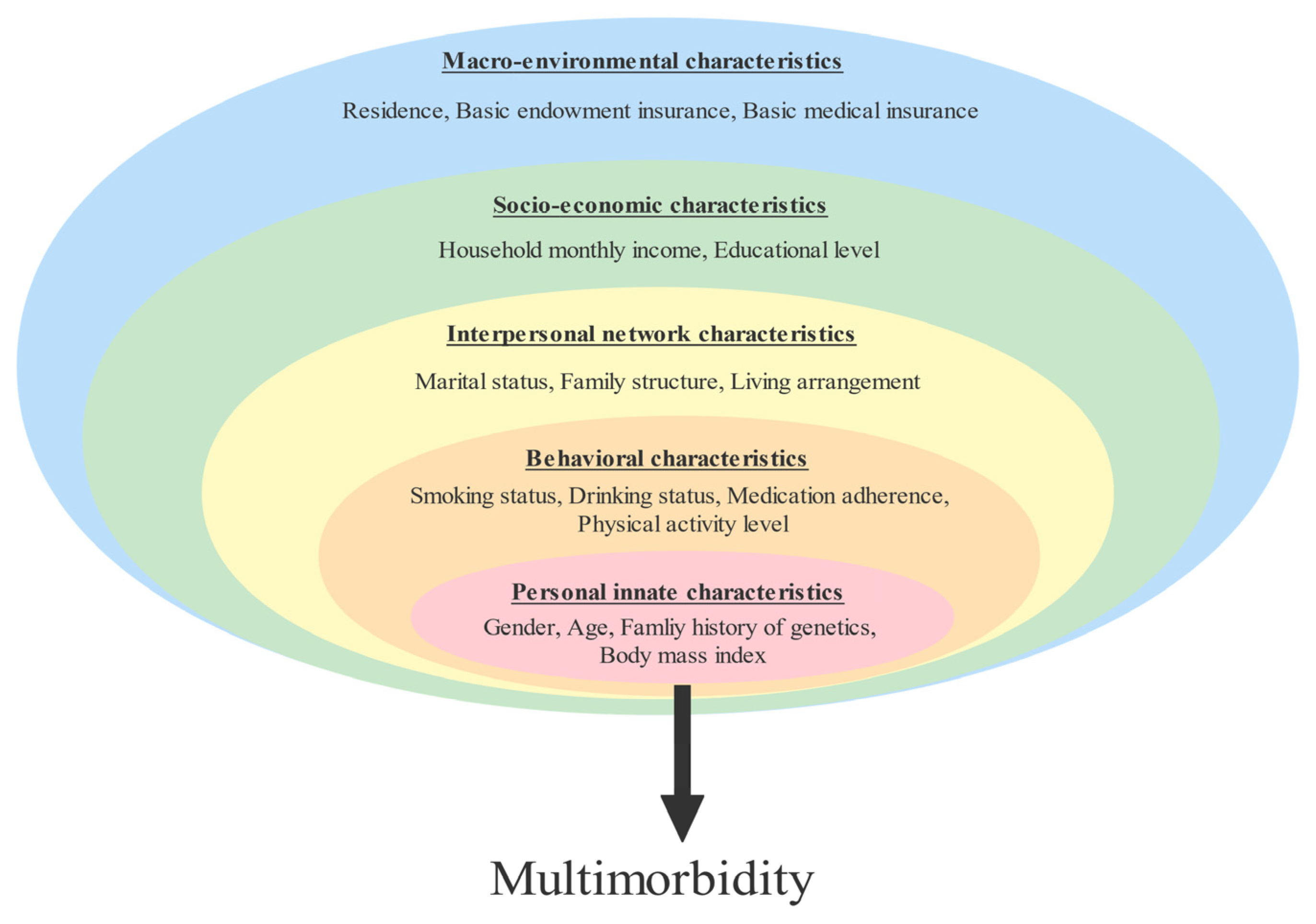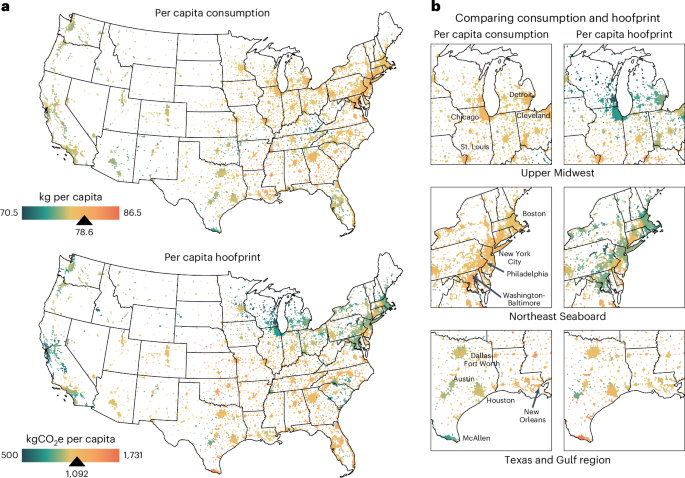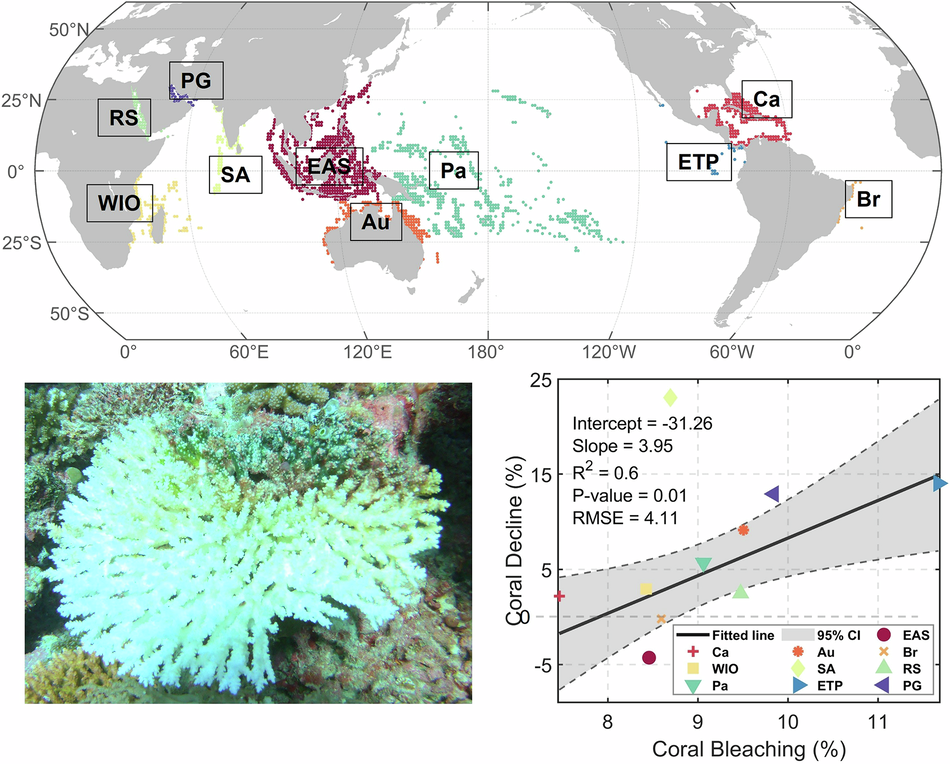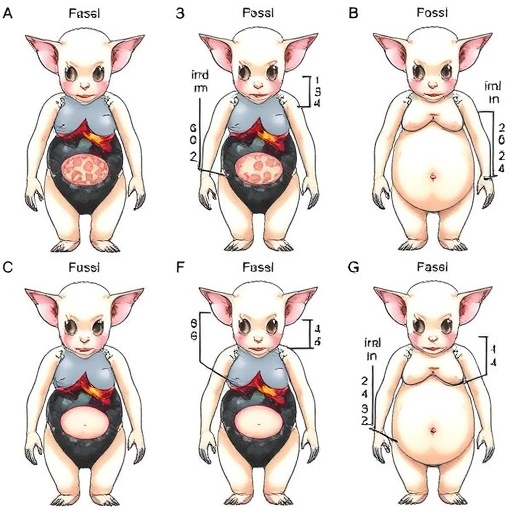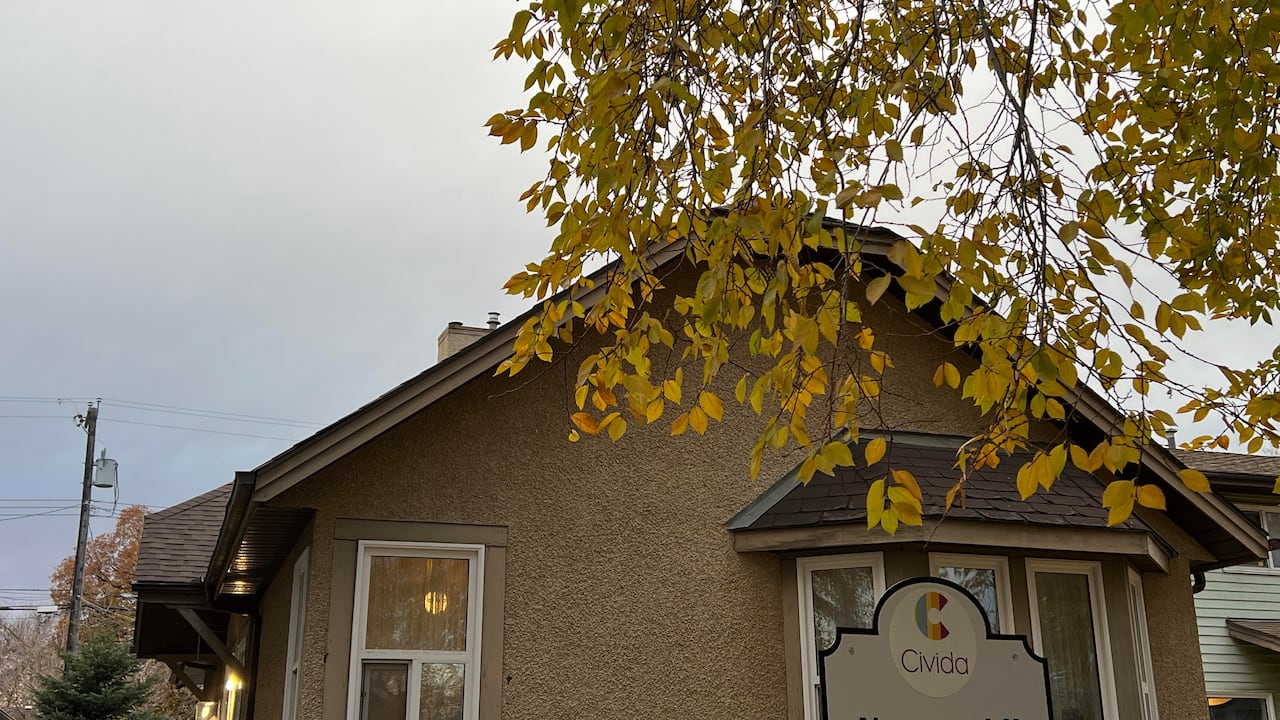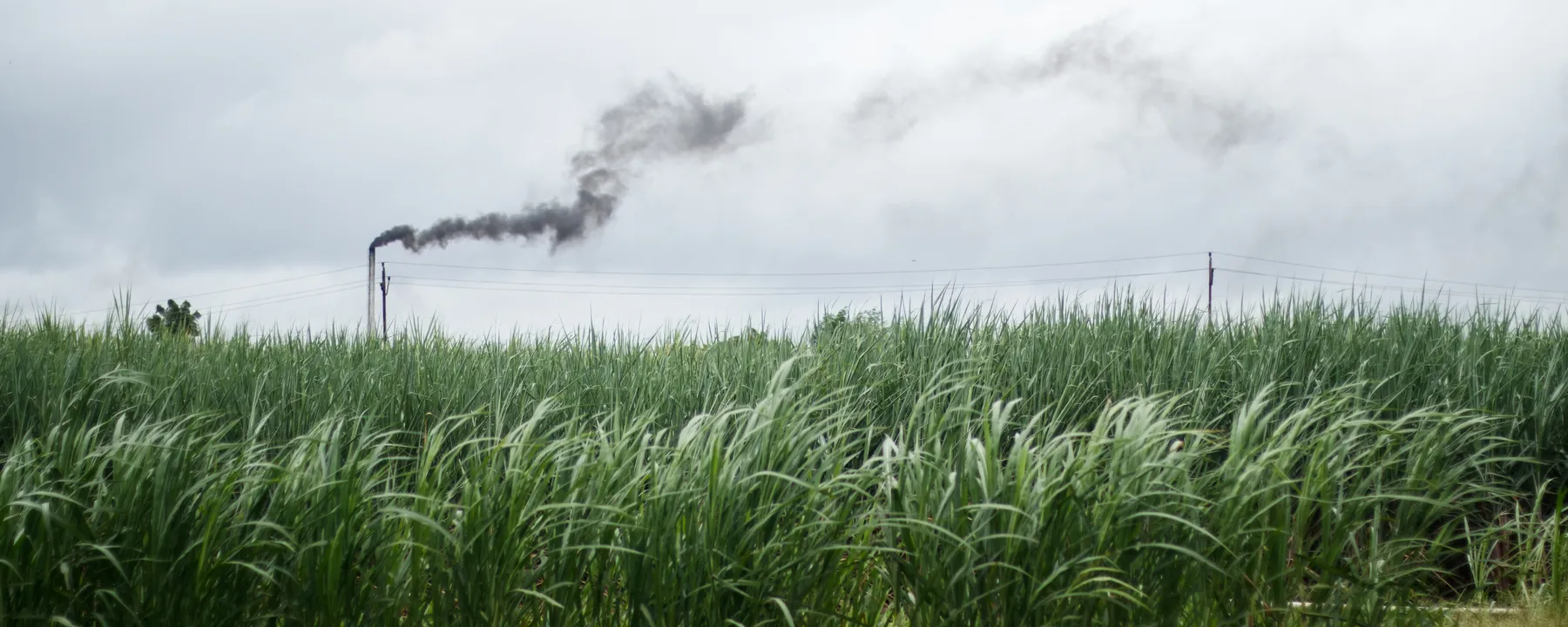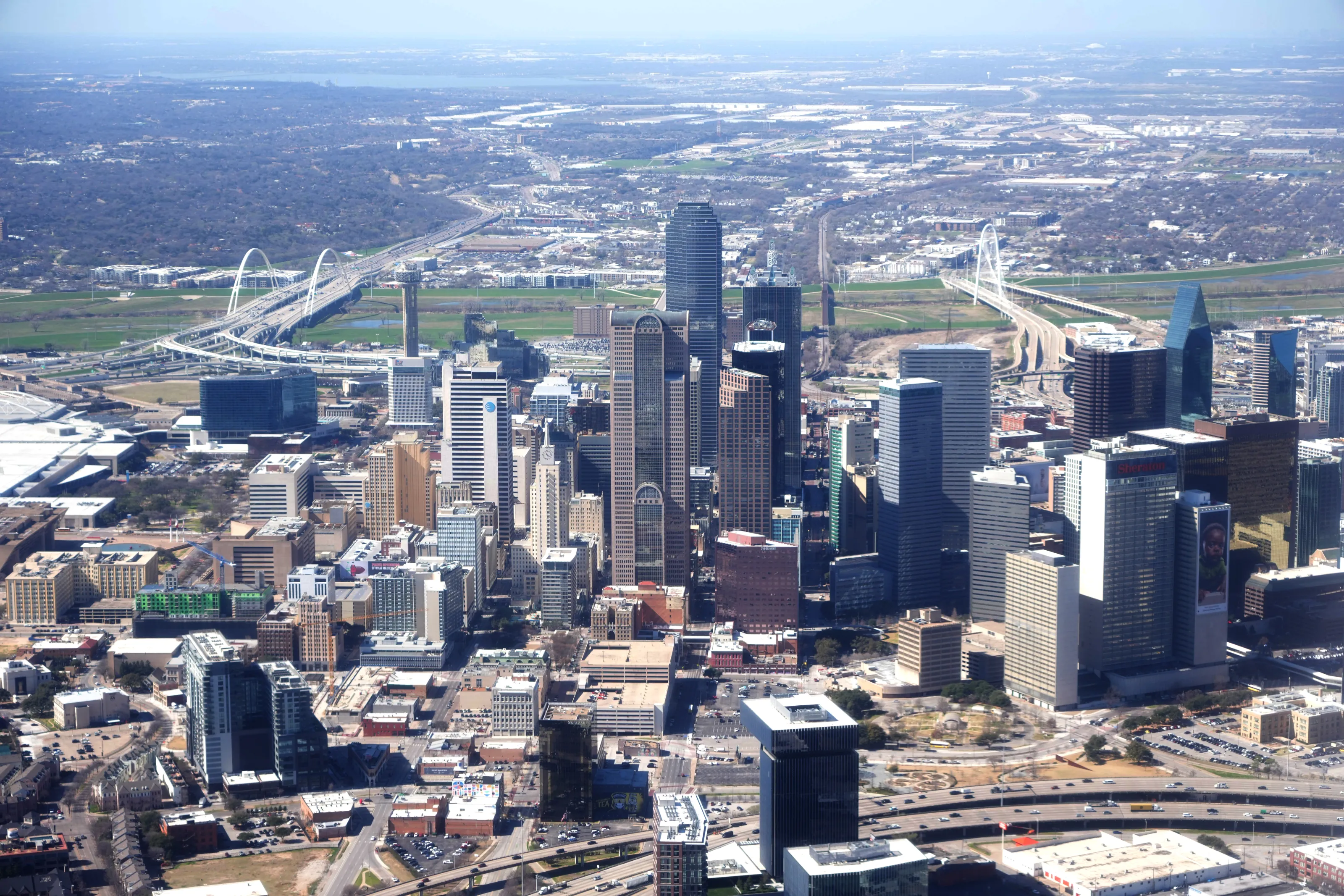Connecticut to protect 2,270 acres of open space, create 6 community green spaces – fox61.com

Report on Connecticut’s State Funding for Open Space Preservation and its Contribution to Sustainable Development Goals
Executive Summary
The State of Connecticut has allocated over $15 million in funding to preserve more than 2,270 acres of open space and create new urban green areas. This initiative, administered by the Department of Energy and Environmental Protection (DEEP), directly supports Connecticut’s legislative conservation targets and aligns with several key United Nations Sustainable Development Goals (SDGs), particularly those concerning terrestrial ecosystems, sustainable communities, public health, and climate action.
Funding Allocation and Strategic Objectives
The Lamont administration has approved two significant funding streams to advance the state’s environmental and community objectives:
- $14.3 million awarded through the Open Space and Watershed Land Acquisition Grant Program. This funding is designated for the purchase and protection of 25 properties, totaling over 2,270 acres across 22 municipalities.
- $725,353 awarded through the Urban Green and Community Gardens Grant Program. This funding will facilitate the creation of six new community green spaces in urban centers.
Alignment with Sustainable Development Goals (SDGs)
This investment program makes substantial contributions to the global 2030 Agenda for Sustainable Development. The primary areas of impact include:
- SDG 15: Life on Land: The core objective of preserving 2,270 acres directly supports the protection, restoration, and sustainable use of terrestrial ecosystems. This action helps halt biodiversity loss and conserve Connecticut’s natural heritage.
- SDG 11: Sustainable Cities and Communities: The funding for urban green spaces and community gardens directly addresses the goal of making cities and human settlements inclusive, safe, resilient, and sustainable. These spaces provide universal access to safe and green public areas.
- SDG 3: Good Health and Well-being: As stated by Governor Ned Lamont, these open spaces are “community assets [that] help our residents stay active and healthy by providing free recreational opportunities.” This directly contributes to promoting well-being for all ages.
- SDG 13: Climate Action & SDG 14: Life Below Water: By protecting forests, which act as vital carbon sinks, the initiative contributes to climate change mitigation. The emphasis on watershed land acquisition is critical for protecting water resources, improving water quality, and supporting aquatic ecosystems.
- SDG 17: Partnerships for the Goals: The program exemplifies effective public-private partnerships, with state funding enabling municipalities, nonprofit land conservation organizations, and water companies to collectively achieve conservation targets.
Progress Towards State Conservation Mandates
Connecticut law mandates that 21% of the state’s land base (673,210 acres) be preserved as open space. The responsibility is shared between the state and its partners.
- Total Goal: 673,210 acres
- Total Preserved to Date: 519,138 acres (77.11% of goal)
- Acres Remaining to Meet Goal: 154,072 acres
Progress by stakeholder is as follows:
- DEEP Holdings: 263,969 acres (82.34% of its 10% share)
- Partner Holdings: 255,169 acres (72.4% of their 11% share)
Program Administration and Future Outlook
The Open Space and Watershed Land Acquisition Grant Program and the Urban Green and Community Gardens Grant Program are long-standing initiatives administered by DEEP. Since 1998, over $190 million has been awarded to protect more than 48,000 acres. DEEP Commissioner Katie Dykes noted that recent program modifications have successfully removed barriers, enabling more diverse communities and partners to participate. The announcement marks the 27th grant round, with applications for the 28th round currently open, signaling a continued commitment to achieving the state’s conservation and sustainability objectives.
SDGs, Targets, and Indicators Analysis
1. Which SDGs are addressed or connected to the issues highlighted in the article?
The article discusses issues and initiatives that are directly relevant to several Sustainable Development Goals (SDGs). The primary focus on land preservation, creation of green spaces, and the associated benefits for health and the environment connects to the following SDGs:
- SDG 15: Life on Land: This is the most prominent SDG, as the core of the article is about the state’s efforts to “preserve thousands of acres of acres of land” and protect open space, which includes forests and natural habitats.
- SDG 11: Sustainable Cities and Communities: The initiative to award funding for “the creation of six new community green spaces” and “small pocket parks” directly supports the goal of making cities and communities more sustainable and improving access to public spaces.
- SDG 3: Good Health and Well-being: The article explicitly links open spaces to health outcomes. Governor Lamont is quoted saying these spaces “help our residents stay active and healthy by providing free recreational opportunities.”
- SDG 6: Clean Water and Sanitation: The article mentions that one of the funding mechanisms is the “Open Space Watershed Land Acquisition Grant Program” and that open spaces help to “improve air and water quality,” connecting the conservation efforts to the protection of water-related ecosystems.
- SDG 17: Partnerships for the Goals: The article highlights the collaborative nature of the conservation effort, noting that the state’s goal is achieved through acquisitions by DEEP and its “partners, which include municipalities, nonprofit land conservation organizations and water companies.”
2. What specific targets under those SDGs can be identified based on the article’s content?
Based on the specific actions and goals described in the article, the following SDG targets can be identified:
- Target 15.1: “By 2020, ensure the conservation, restoration and sustainable use of terrestrial and inland freshwater ecosystems and their services…” The entire initiative to purchase and protect over 2,270 acres of land aligns with this target of conserving terrestrial ecosystems.
- Target 15.9: “By 2020, integrate ecosystem and biodiversity values into national and local planning, development processes…” The existence of a “Connecticut law” that “requires the protection of at least 673,210 acres of the state’s land base (21%) as open space” is a clear example of integrating ecosystem values into state and local planning.
- Target 11.7: “By 2030, provide universal access to safe, inclusive and accessible, green and public spaces…” The allocation of $725,353 to “facilitate the creation of six new community green spaces” and improve “access to the outdoors” directly contributes to this target.
- Target 6.6: “By 2020, protect and restore water-related ecosystems, including mountains, forests, wetlands, rivers, aquifers and lakes.” The funding through the “Open Space Watershed Land Acquisition Grant Program” is a direct action aimed at protecting water-related ecosystems.
- Target 17.17: “Encourage and promote effective public, public-private and civil society partnerships…” The program’s structure, which involves funding and collaboration between the state (DEEP), municipalities (public), nonprofit land conservation organizations (civil society), and water companies (public-private), exemplifies this target.
3. Are there any indicators mentioned or implied in the article that can be used to measure progress towards the identified targets?
Yes, the article provides several quantitative and qualitative indicators that can be used to measure progress:
- Total land area designated for protection: The state law mandates the protection of “673,210 acres” (21% of the state’s land base). This serves as a baseline target.
- Proportion of land conserved: The article provides precise figures on progress.
- Total preserved land: “519,138 acres of land have been preserved.”
- Percentage of goal achieved: “77.11% of the total goal.”
- Land remaining to meet the goal: “154,072 more acres remaining.”
- Financial investment in conservation: The amount of funding allocated is a key indicator of commitment.
- Current funding round: “$14.3 million in state funding.”
- Funding for urban spaces: “$725,353… for six new community green spaces.”
- Total program funding since 1998: “more than $190 million in state funding.”
- Number of conservation projects: The article specifies the number of new projects.
- Land purchases: “purchase and protect 25 properties.”
- New green spaces: “creation of six new community green spaces.”
- Partnership engagement: The article implies progress by mentioning the variety of partners involved (“municipalities, nonprofit land conservation organizations and water companies”) and that “recent program changes [are] bringing new communities and partners to the table.”
4. Table of SDGs, Targets, and Indicators
| SDGs | Targets | Indicators |
|---|---|---|
| SDG 15: Life on Land | 15.1: Conserve and restore terrestrial and inland freshwater ecosystems.
15.9: Integrate ecosystem values into local planning. |
|
| SDG 11: Sustainable Cities and Communities | 11.7: Provide universal access to safe, inclusive and accessible, green and public spaces. |
|
| SDG 3: Good Health and Well-being | 3.4: Promote mental health and well-being. |
|
| SDG 6: Clean Water and Sanitation | 6.6: Protect and restore water-related ecosystems. |
|
| SDG 17: Partnerships for the Goals | 17.17: Encourage and promote effective public, public-private and civil society partnerships. |
|
Source: fox61.com

What is Your Reaction?
 Like
0
Like
0
 Dislike
0
Dislike
0
 Love
0
Love
0
 Funny
0
Funny
0
 Angry
0
Angry
0
 Sad
0
Sad
0
 Wow
0
Wow
0












